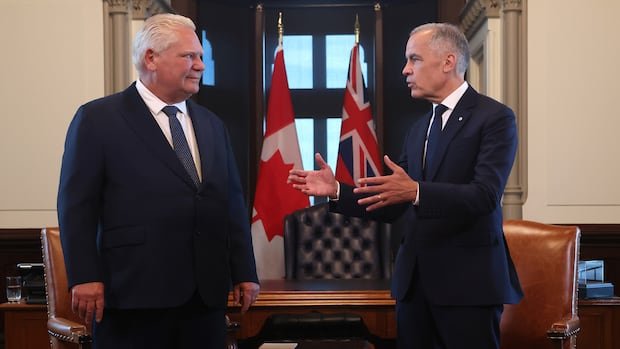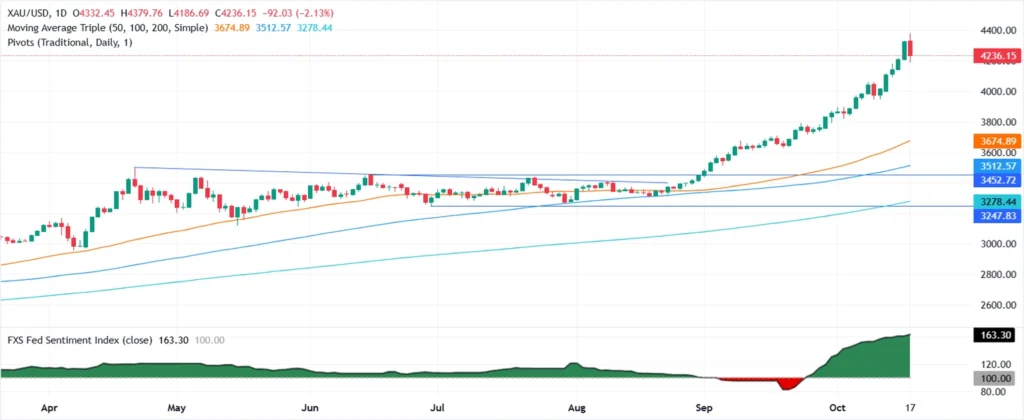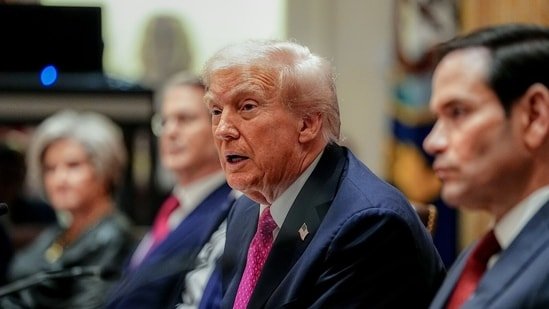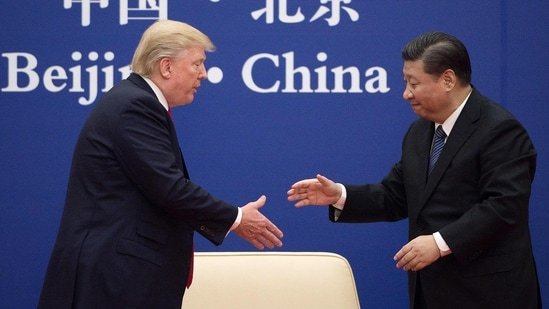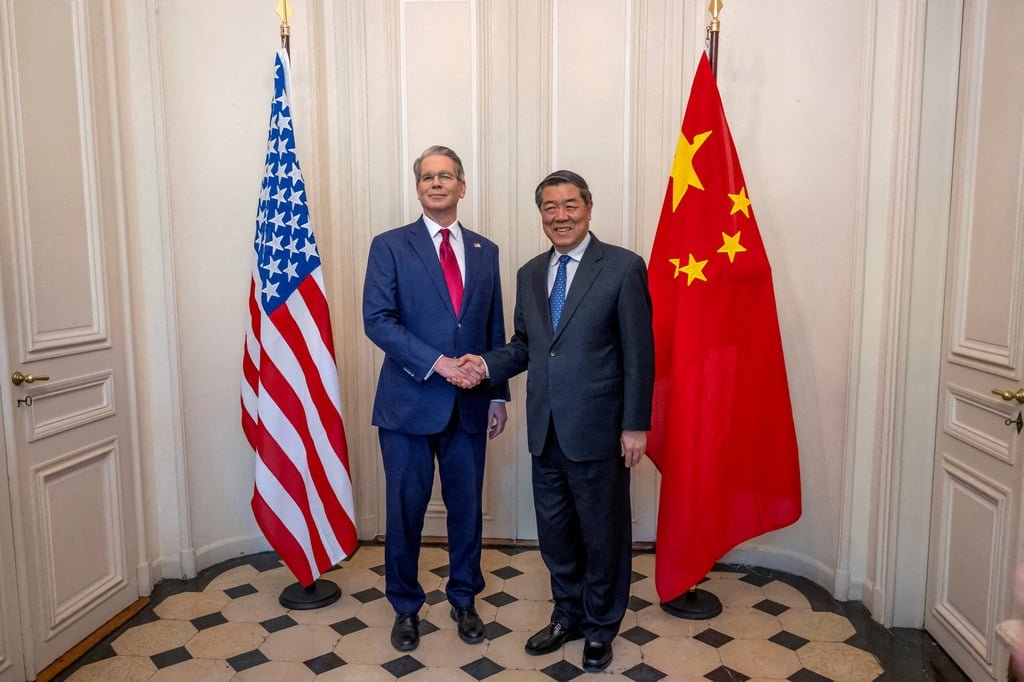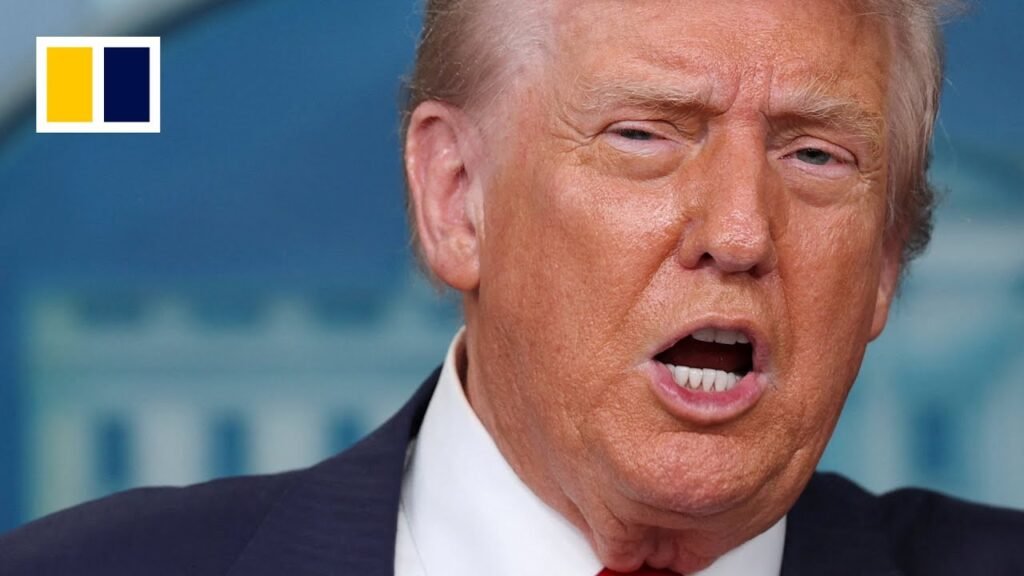Worried by China’s growing arsenal of ballistic missiles, India is responding with a plan to create a joint rocket force that would control and expand the country’s non-nuclear missiles.
But the proposed Integrated Rocket Force, or IRF, has been beset by delays and may be outgunned by Chinese missiles.
The mismatch could place India in a dilemma: either endure Chinese missile strikes deep inside India without the ability to retaliate, or escalate to nuclear weapons.
“The IRF is aimed at addressing a conventional war-fighting asymmetry that India has against China,” Debak Das, a professor of peace and security at the Univ. of Denver, told Defense News. “Using a rocket force dedicated to conventional military action will likely allow India space to militarily engage the PLA along the LAC [Line of Actual Control, or the Sino-Indian border] without escalation to the nuclear level.”
RELATED
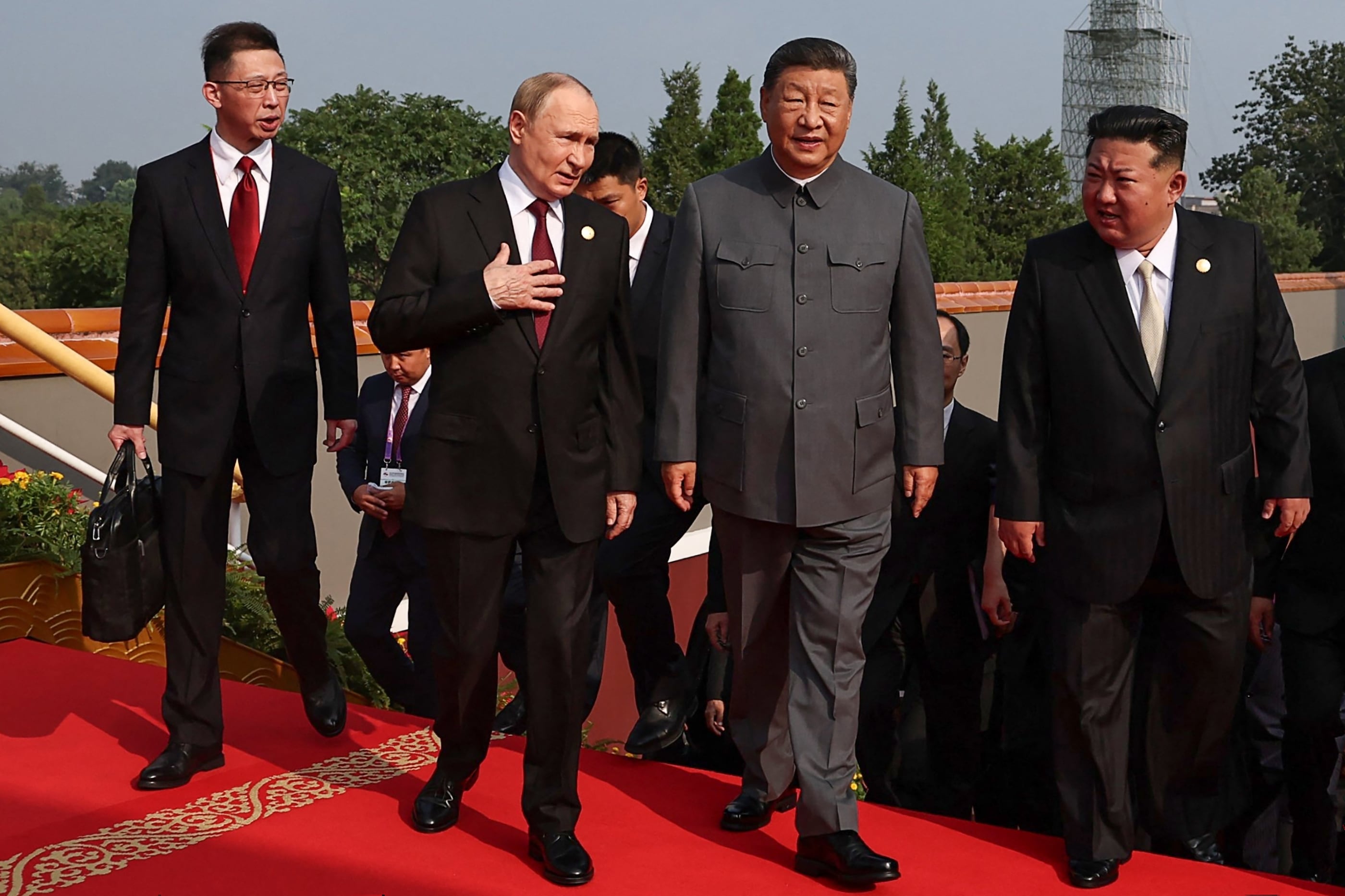
However, the IRF – first proposed in 2021 – has yet to materialize.
“The IRF, envisioned primarily as a conventional missile force geared mostly for tactical strike missions, is still theoretical,” wrote Kartik Bommakanti, a researcher for the Observer Research Foundation, an Indian think tank.
The IRF would be a joint army-navy-air force organization that in some ways mirrors the People’s Liberation Army Rocket Force, which is a branch of the Chinese military. But unlike the PLARF, the IRF would be responsible for conventional rockets, with India’s ICBMs and IRBMs remaining under the Strategic Forces Command.
The IRF would be armed with an array of missiles, including the Brahmos cruise missile, the ship-based Long-Range Land Attack Cruise Missile, the Pinaka multiple rocket launch system, and the Pralay tactical ballistic missile. But these weapon can’t reach more than 500 kilometers, or only enough to reach the Tibet plateau and other areas close to the border.
However, China’s ballistic missiles, such as the DF-26 and DF-100, have ranges up to 2,000 kilometers.
Chinese missiles “can strike across the great depth of the Indian land mass even when launched from deep within the Chinese mainland,” Bommakanti wrote. In contrast, “most of China’s economic and industrial hubs are located in central and eastern parts of the country, which need to be rendered vulnerable with Indian missiles that have an extended range.”
Indeed, China’s arsenal of 3,500 missiles – which has surged 50% over the past four years – has emerged as one of the potent factors in Asian security. Taiwan fears a deluge of rockets if China invades, while the U.S. worries that key bases such as Guam would be devastated by missile salvoes.
For India, the question is the impact of Chinese missiles if another conflict erupts along the 2,100-mile Sino-Indian border. Conflicting territorial claims led China and India to fight a brief war in 1962 – which China won – followed most recently by border clashes in 2020 and 2022.
Amid Himalayan mountains as high as 28,000 feet, large-scale ground combat operations would be a nightmare. But as in the Ukraine war, long-range munitions can hit supply depots, headquarters, bridges, and critical infrastructure such as the electrical grid.
Bommakanti suggests that India could use the Agni-5 – a 5,000-kilometer IRBM currently assigned to India’s nuclear forces – for conventional missions, as well as developing a long-range Indian hypersonic weapon. But he argues that there needs to be an organization to coordinate Indian non-strategic missiles.
“Without an IRF, clear priorities cannot be established, and all missile capabilities related to ballistic, cruise, and hypersonic projectiles with longer ranges cannot be integrated, deployed, or launched effectively in the event of military hostilities against the PRC [People’s Republic of China].”
Still, the IRF may face problems such as rivalry between services reluctant to give up control of their missiles.
“Many of IRF’s initial assets will come from the army and air force, and there appears to be concerns among Indian defense analysts about whether IRF will only control the missiles and rockets or the launching, communication, and intelligence systems that come with them as well,” noted an essay by the Center for Strategic and International Studies, a U.S. think tank.
Either way, the prospect of two nuclear-armed powers launching missiles – even without nuclear warheads – is almost apocalyptic.
“So far, there has been no public discussion about the conventional deep strike capability against Chinese strategic infrastructure,” Das said. “The problem with adopting such a doctrine is that China could do the same against India.”
There is also the question of India’s other strategic worry: a nuclear-armed Pakistan. Though the IRF is aimed at China, it has also rattled the Pakistanis, who recently announced the creation of the Army Rocket Force. “This is a response to India’s IRF announcement,” said Das. “Islamabad will likely try to minimize any asymmetry it has with India as its conventional rocket forces mature.”
In the end, a China-India missile competition may come to an existential question: Can two nuclear powers fire conventional missiles at each other’s homeland without escalation to thermonuclear war?
“While New Delhi might hope that this [the IRF] will decrease Beijing’s appetite for low level skirmishes along the Line of Actual Control, it is not clear if this will ultimately be the case,” said Das.
“India is still a ways away from being at parity with China along some of these vectors of conventional strength. So until we see ideas like the IRF mature, it is difficult to say if they will be effective in keeping peace.”

